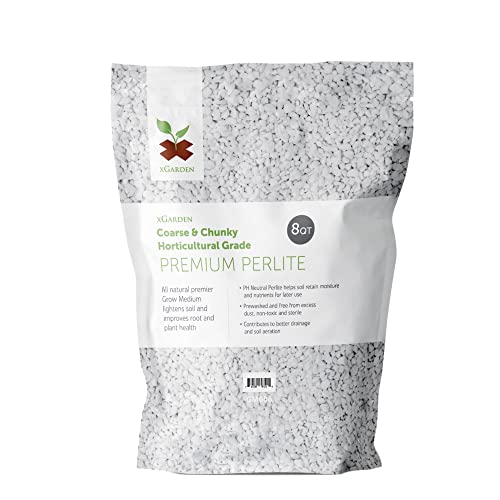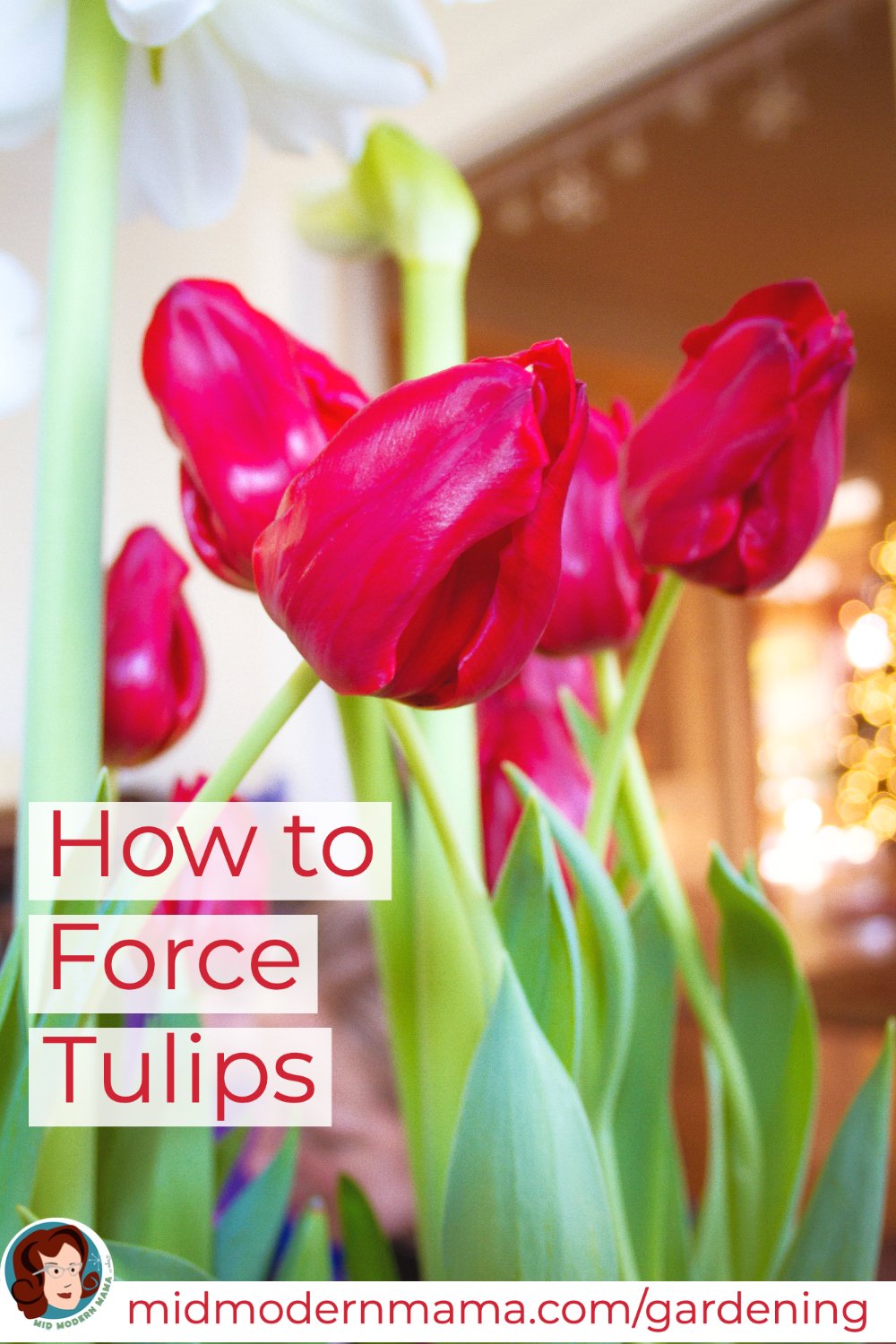How to Force Bulbs in Soil
an easy method for forcing tulips & other bulbs
This is the most basic way of forcing bulbs and will work with almost any type of bulb. Because bloom times differ, it’s best to plant only one type of bulb in each container. They may not all bloom at the same time otherwise. But there’s a charm to that as well.
If you do decide to mix it up, pay attention to how tall each plant will get, and cluster the taller ones in the middle of the planter.
Materials
Pre-Chilled bulbs — unless you are planting up Amaryllis or another tropical bulb
A shallow pot, bowl, or pan
A handful of gravel or other stones
Peat-free potting mix
Perlite or coarse sand
Gravel or small stones for top dressing (optional)
Water
Mix up 3 parts potting mix to 1 part perlite or sand before beginning.
Instructions
Choose Your pot
Your pot should be 6-8” deep for spring bulbs like tulips and narcissus. A wide, shallower pot gives you room for many bulbs which makes a truly beautiful display. Make sure your container has a hole for drainage.
Place a Stone
If you don’t have a drainage hole, place a few inches of gravel at the bottom. If it does, place a stone or a crock over the hole to keep the soil from washing out — but allowing excess water to flow.
Fill with Peat-Free Potting Mix
Fill your container with a good peat-free potting mix mixed with 25% perlite. Stop about 3 inches from the top of the container.
Level the Potting Mix
Level out the potting mix in the container leaving 3” from the top or so.
Arrange Your Bulbs
Arrange your bulbs so they are close but not touching in the pot.
CLose, but Not Touching
If your bulbs are touching it increases the chances of the bulbs rotting, so make sure they aren’t touching each other.
Cover the bulbs with Potting Mix
Since they don’t have to overwinter, they don’t need to be buried deeply. Just cover them over with potting mix.
Tip: Cover with Gravel
This trick keeps the soil in the pot when you water! It’s optional, but I think it makes things neater. And don’t worry: the bulbs can pop up through the gravel with no problems.
Water Well & Put in a sunny spot
Water your bulbs well. You’ll need to monitor them. The soil should never be wet — just damp. You don’t want the bulbs to rot before they have a chance to grow!
Place your pot in a sunny window and watch them grow!
A beautiful pot of tulips or daffodils makes a lovely gift and brings so much cheer into any home in the spring! It doesn’t take very long for forced bulbs to start to emerge, and you’ll have blooms before you know it!
Be sure to keep track of what you plant from year to year so you know what varieties force well for you. I created Garden Notes for this very purpose — and I think you’ll find it works really well!
There are two other methods for forcing bulbs, too. Check them out as well!
Happy gardening!



















